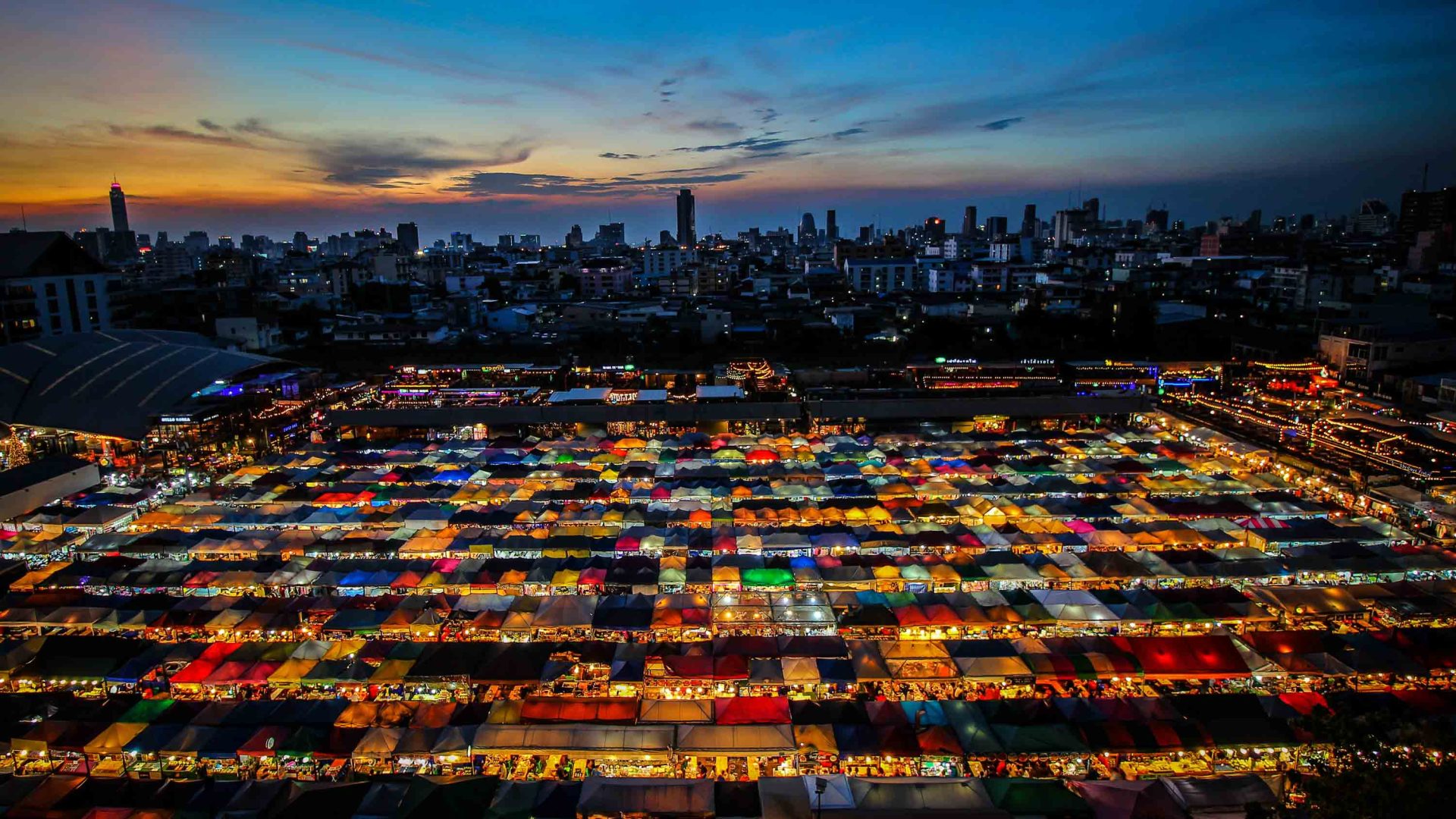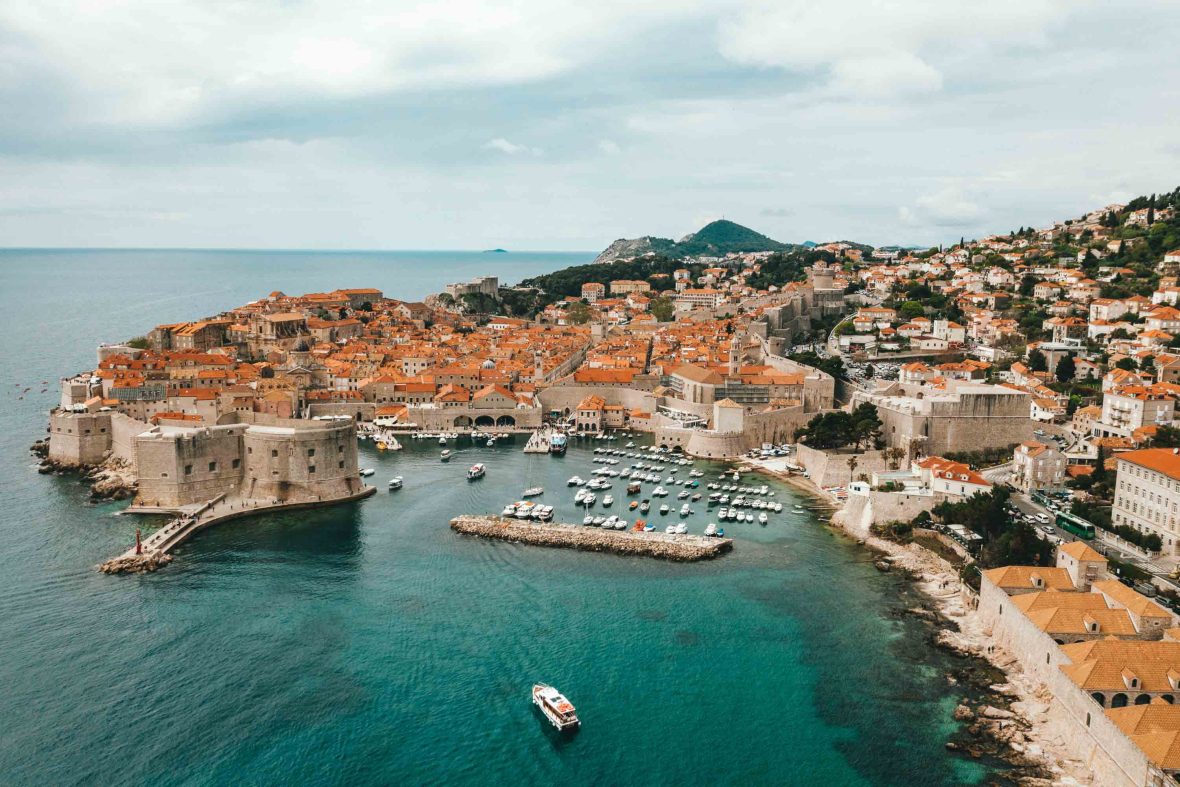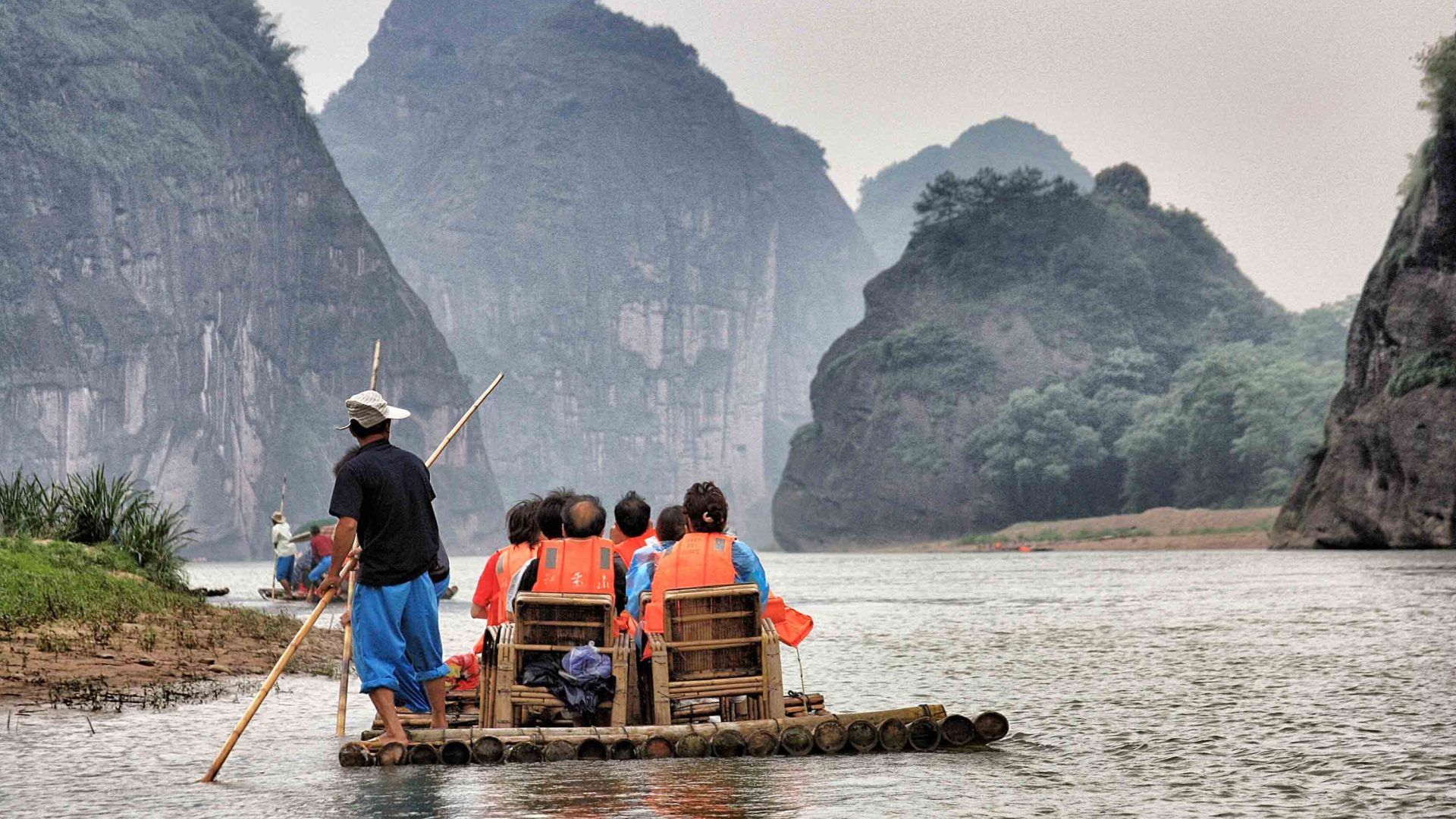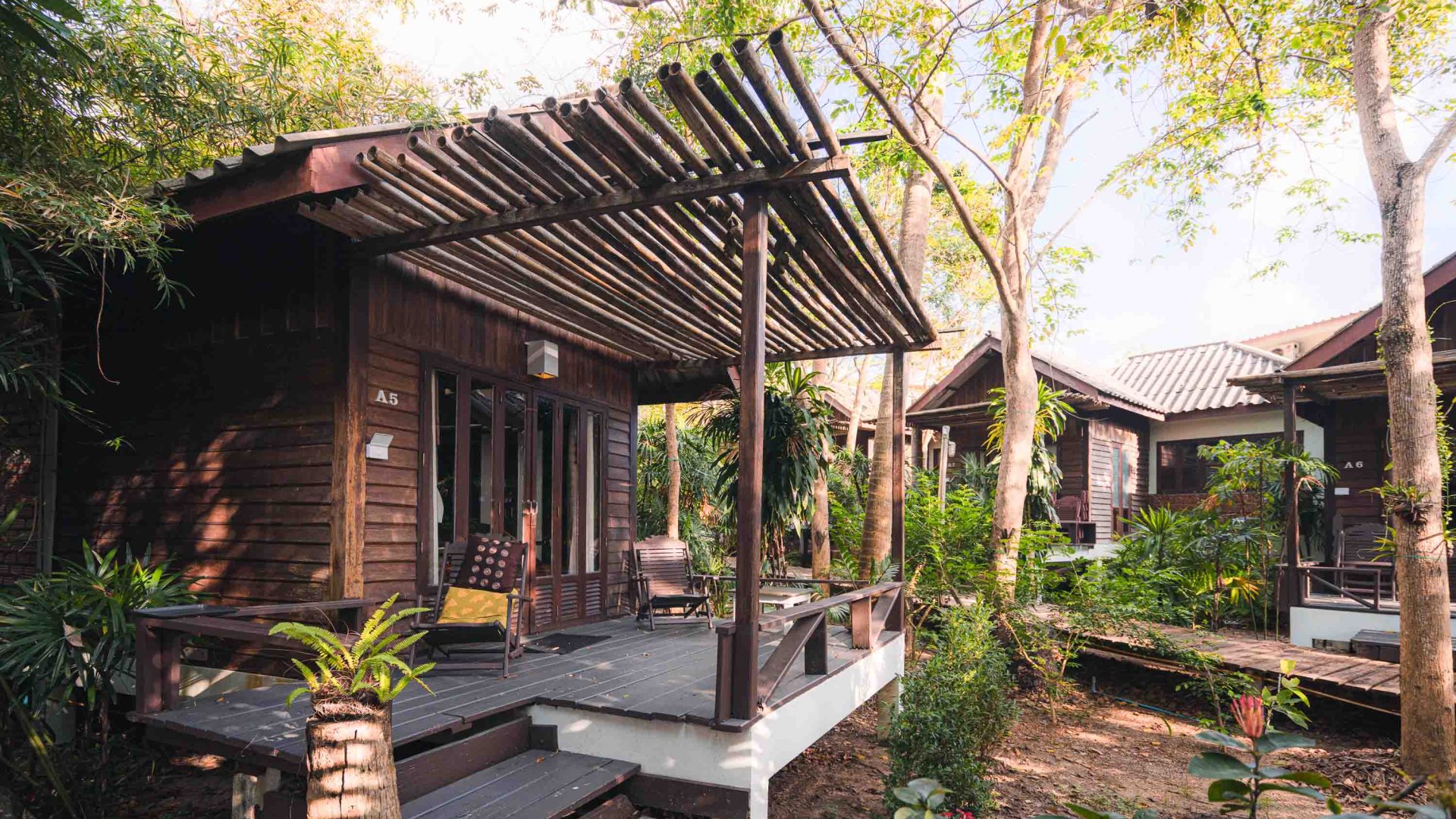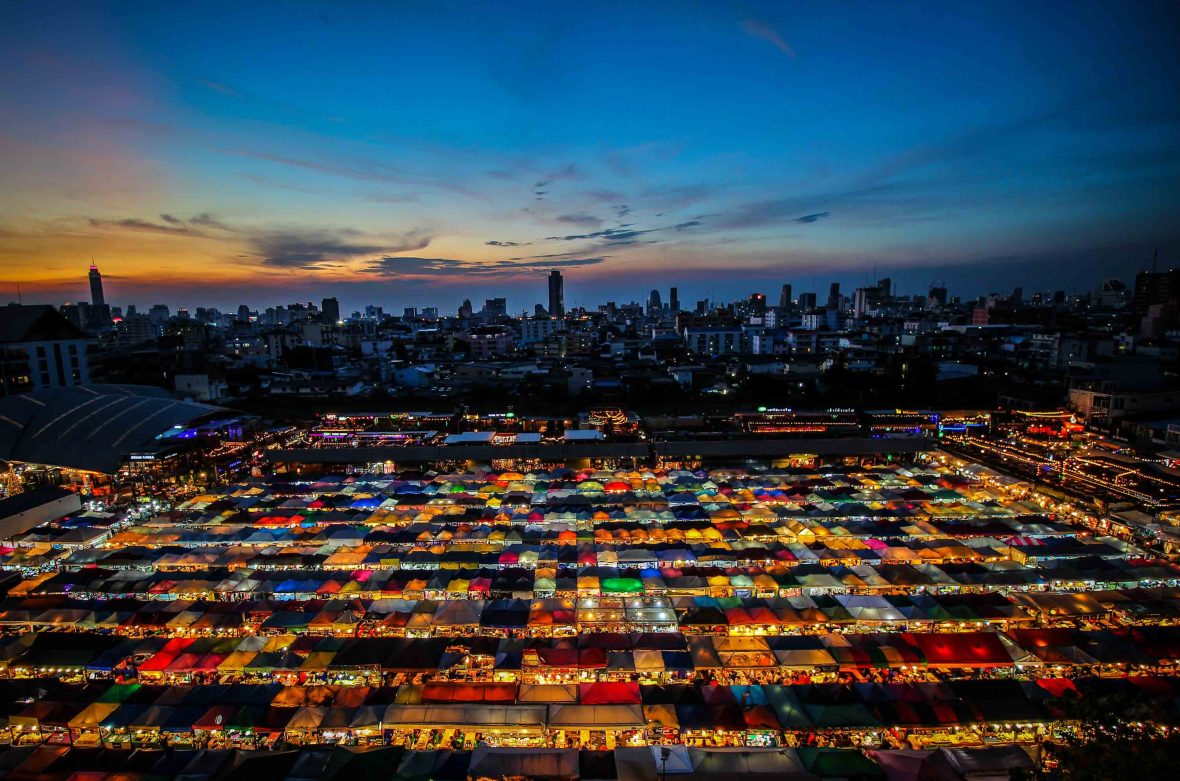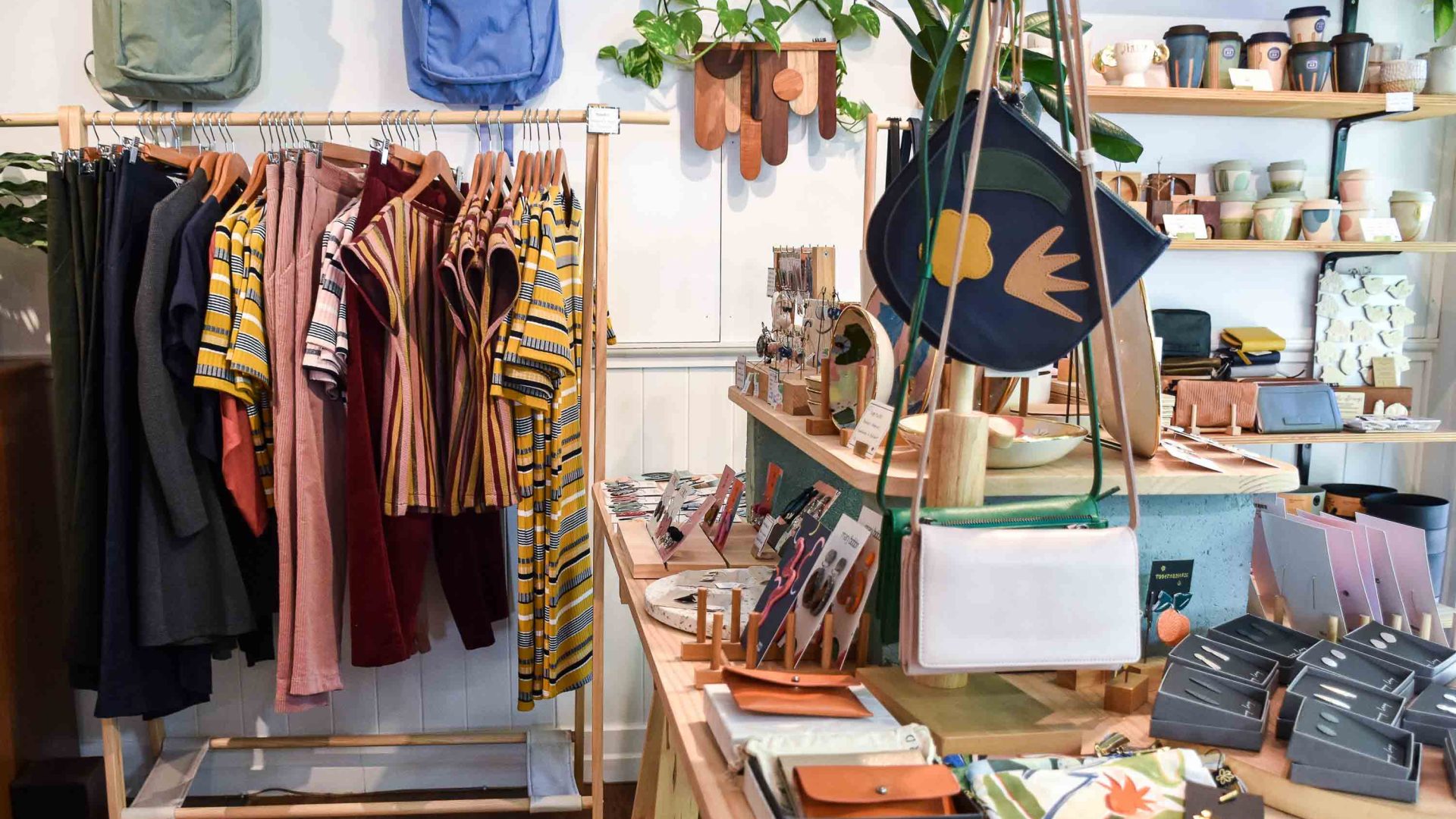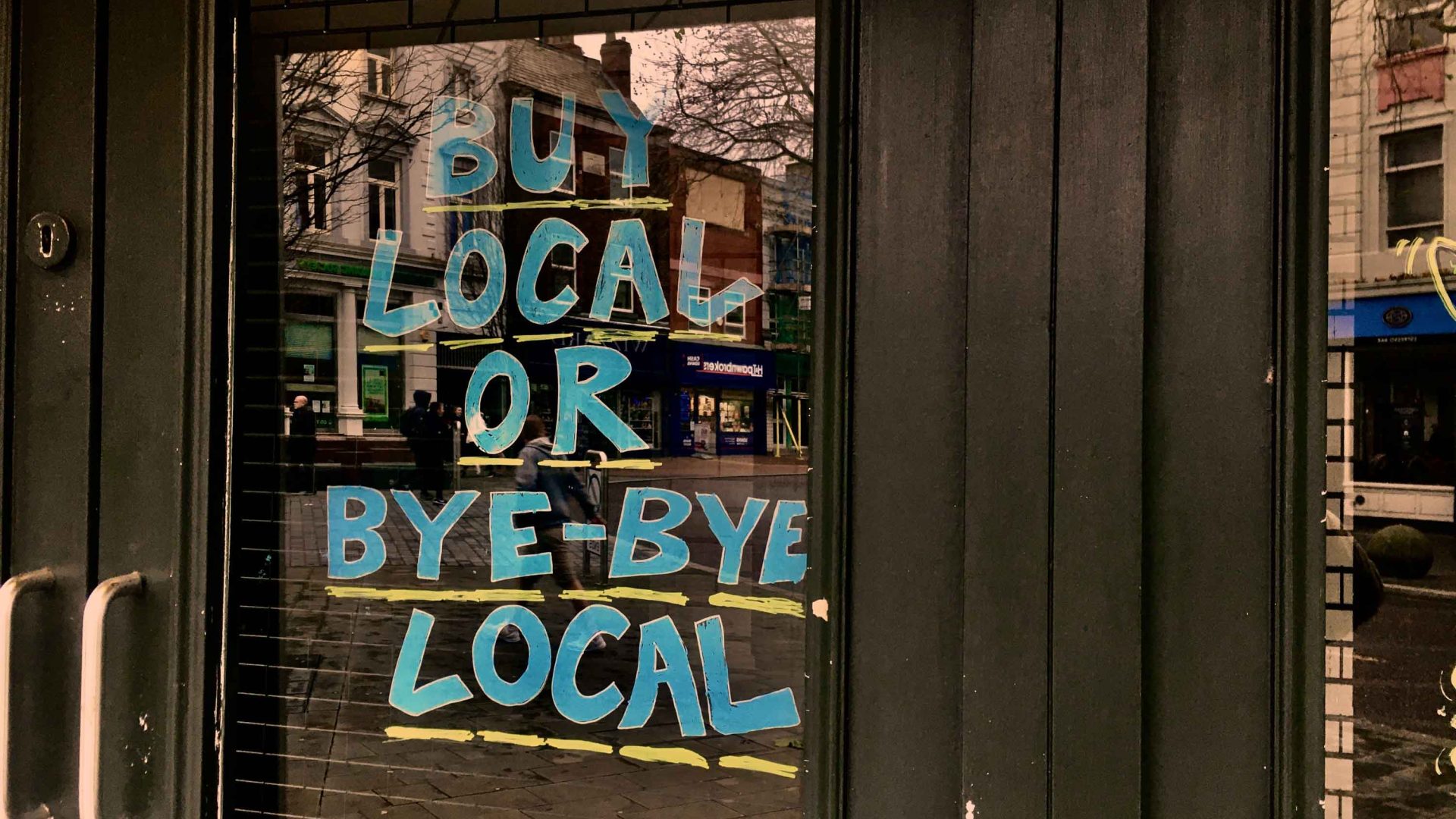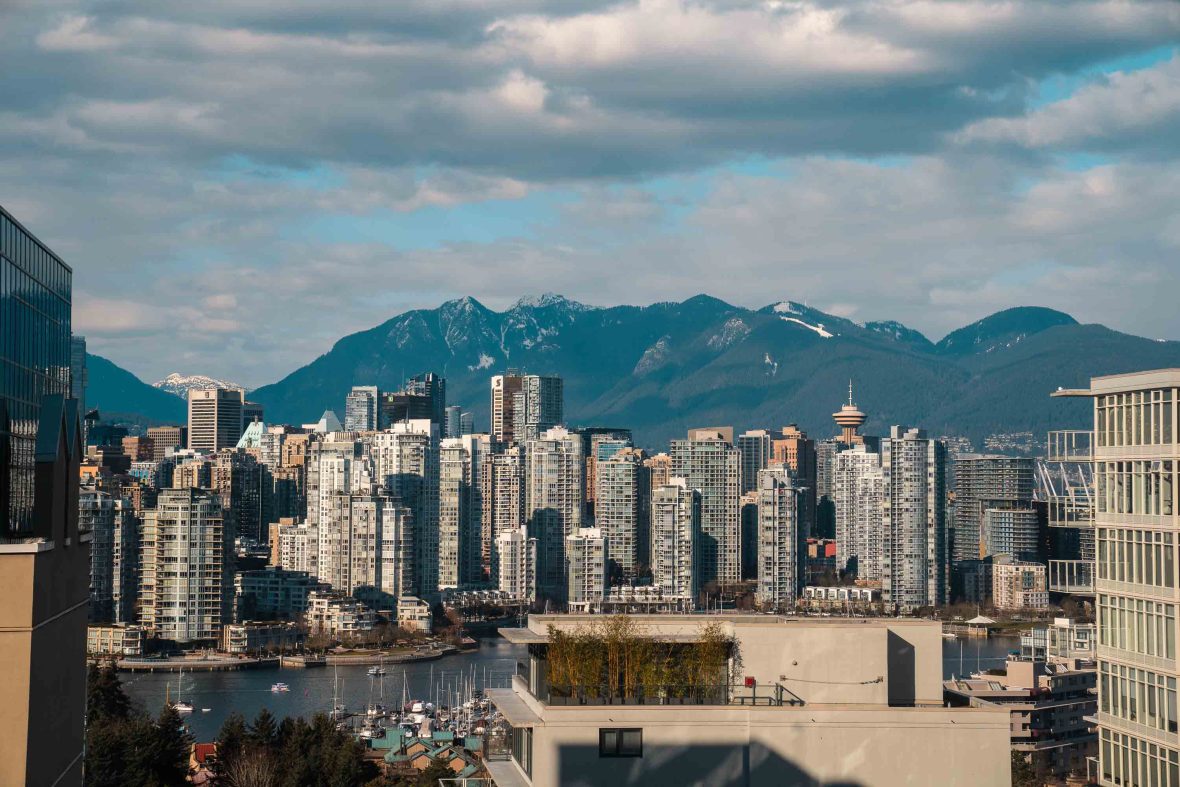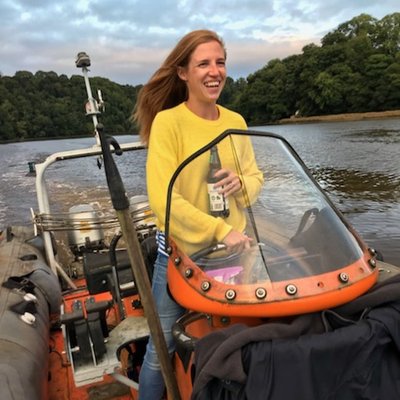On a recent visit to Dubrovnik, Croatia, I popped into a self-proclaimed ‘local’ shop advertising goods made by artisans. A bag caught my eye, so I asked the shopkeeper a question I commonly ask when I travel: Can you tell me about the maker? She said the woman was a member of a women’s cooperative in Uganda, but that’s all she was able to tell me.
The answer surprised me, as I was expecting to hear something about a maker living in Dubrovnik, or at least in Croatia. I didn’t buy the bag, but since the encounter, I’ve revisited the conversation several times in my mind.
Everywhere you turn in the tourism industry these days, all eyes are on ‘local’—locally-focused travel experiences, supporting local businesses, listening to local stakeholders, eating locally sourced food, and shifting to local narratives and storytellers. I’m no different: The lure of local is what pushed me through the shop door in Dubrovnik.
Finally, after years of relying on a traveler-centric, mass tourism model, this emphasis on ‘going local’ feels like a positive shift in perspective. But, as is the case with so many nebulous terms, I’ve found it hard to pin down what this actually means—and that poses a dilemma to us as travelers. So how we can ensure our intentions to ‘support local’ do just that?
